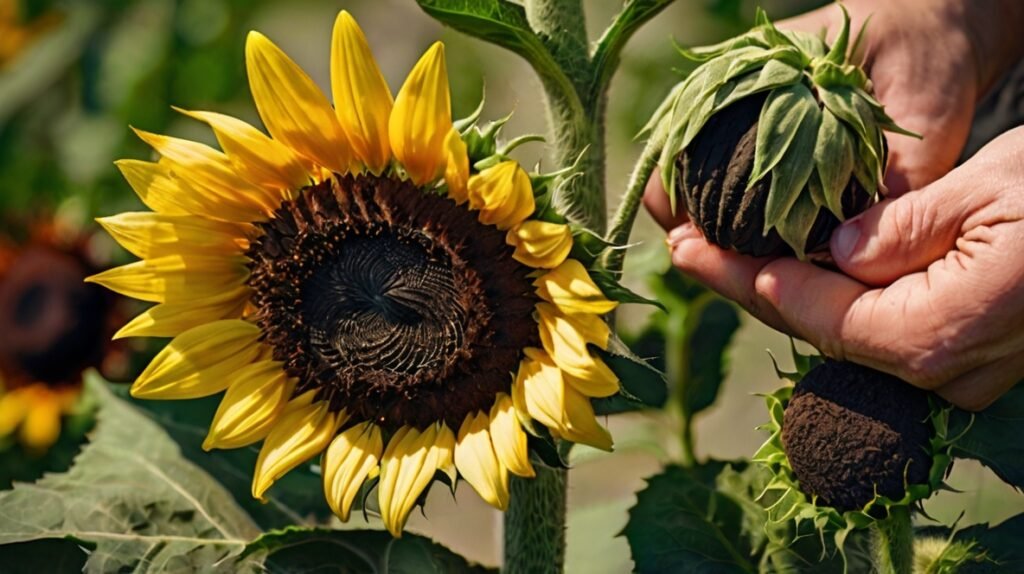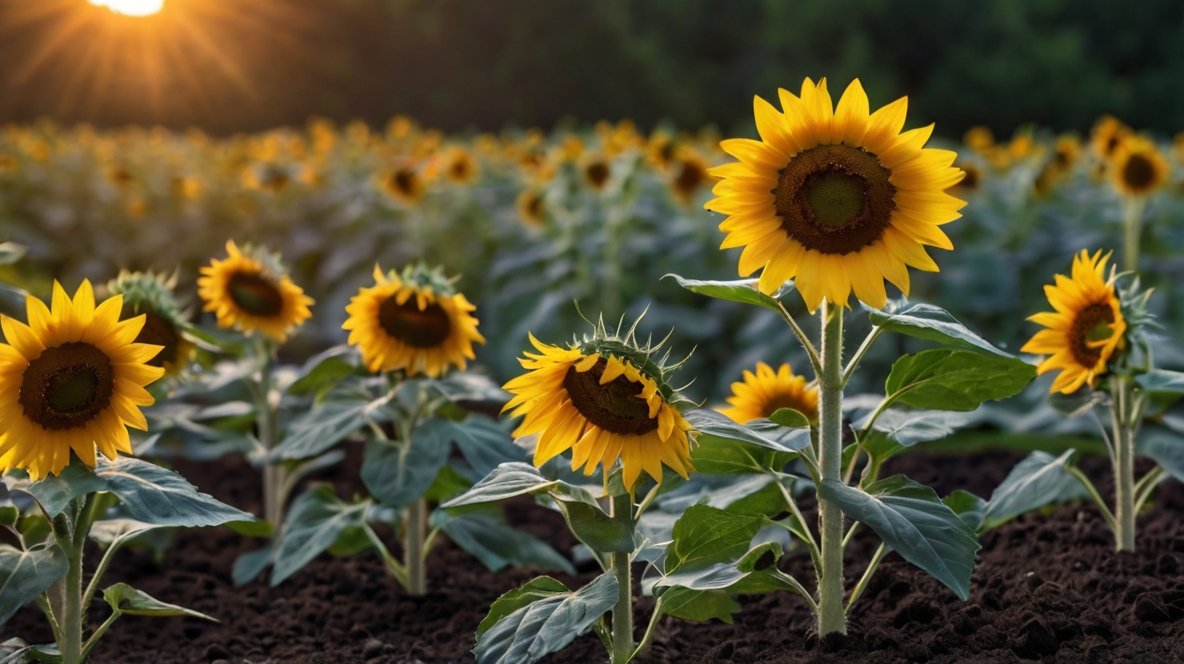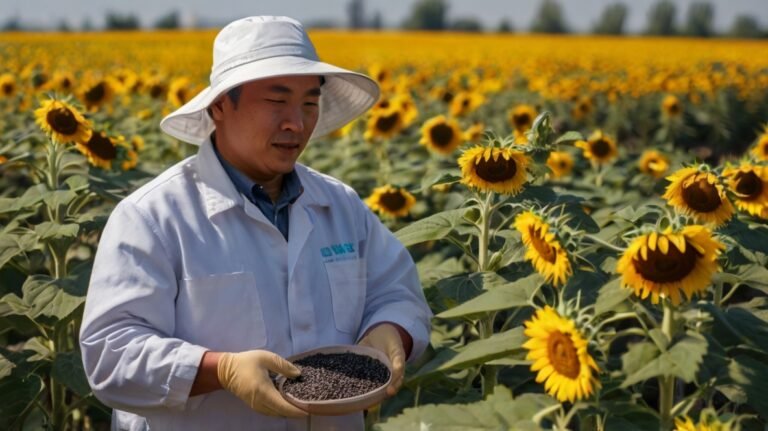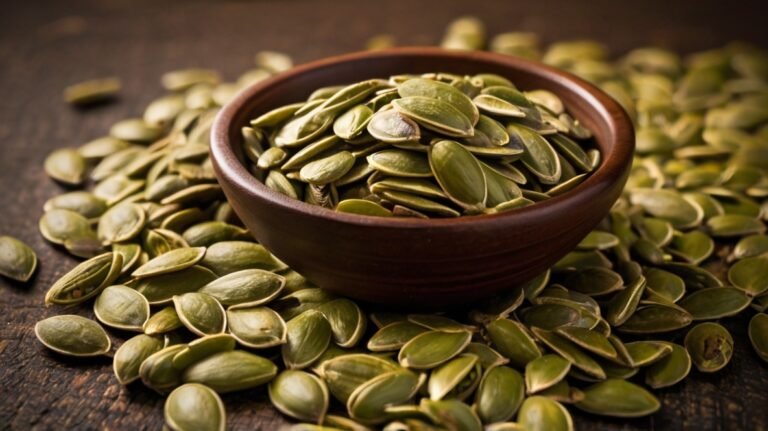Understanding the 361 Sunflower Seed Variety
The 361 sunflower seed variety, offered by XingYi Trading, is renowned for its exceptional quality and versatility. Before diving into the growing process, let's explore what makes this variety special:

- Medium-sized seeds with a distinctive striped shell
- Rich, nutty flavor profile
- High oil content, making it ideal for oil production
- Excellent nutritional value
- Adaptable to various growing conditions
- Popular choice for both commercial and home cultivation
Internal Link: Discover our sunflower seed varieties
Preparing the Soil for 361 Sunflower Seeds
Proper soil preparation is crucial for successful 361 sunflower cultivation:
- Choose a well-draining location with full sun exposure
- Test soil pH (aim for 6.0-7.5)
- Remove weeds and debris
- Till the soil to a depth of 8-10 inches
- Add organic matter for nutrient enrichment
- Level the soil surface
Internal Link: Learn more about sunflower seed farming techniques
Planting 361 Sunflower Seeds: Timing and Technique
Follow these steps for optimal planting results:
| Step | Description |
|---|---|
| 1 | Wait until soil temperature reaches 50°F (10°C) |
| 2 | Plant seeds 1-2 inches deep |
| 3 | Space seeds 6 inches apart in rows 30 inches apart |
| 4 | Water thoroughly after planting |
| 5 | Expect germination in 7-10 days |
Internal Link: Explore the history of sunflower seed cultivation
Nurturing Your 361 Sunflower Seedlings
Once your seedlings emerge, provide them with proper care:
- Thin seedlings to 12-18 inches apart when they reach 6 inches tall
- Water deeply but infrequently to encourage deep root growth
- Apply a balanced fertilizer when plants reach 12 inches in height
- Monitor for pests and diseases regularly
- Support tall plants with stakes if necessary
Internal Link: Discover organic sunflower seed cultivation methods
Managing Water and Nutrients for 361 Sunflowers
Proper water and nutrient management is essential for healthy 361 sunflower growth:
- Water requirements: 1-1.5 inches per week
- Nutrient needs: High in nitrogen during early growth, phosphorus and potassium for flower and seed development
- Mulching: Apply organic mulch to retain moisture and suppress weeds
- Foliar feeding: Consider supplemental foliar sprays for micronutrients
Internal Link: Learn about sunflower seed nutrition
Pest and Disease Management in 361 Sunflower Cultivation
Protect your 361 sunflower crop from common threats:
- Birds: Use netting or scare tactics
- Insects: Monitor for aphids, cutworms, and sunflower moths
- Diseases: Watch for downy mildew, rust, and verticillium wilt
- Rodents: Implement traps or barriers
- Weeds: Practice regular weeding or use mulch
Internal Link: Explore sunflower seeds in traditional medicine
Harvesting Your 361 Sunflower Seeds
Knowing when and how to harvest is crucial for seed quality:
- Monitor seed development (typically 30-45 days after flowering)
- Look for brown, dry backs of flower heads
- Check seeds for hardness and black-and-white striped appearance
- Cut flower heads with 4-6 inches of stem attached
- Hang heads to dry in a well-ventilated area
- Remove seeds by hand or by rubbing heads together
Internal Link: Master the art of harvesting sunflower seeds
Post-Harvest Processing of 361 Sunflower Seeds
After harvesting, proper processing ensures seed quality:
- Clean seeds to remove debris
- Dry seeds thoroughly (aim for 8-10% moisture content)
- Store in airtight containers in a cool, dry place
- Consider roasting for immediate consumption
- Save some seeds for next year's planting
Internal Link: Explore sunflower seed processing techniques
Maximizing Yield and Quality of 361 Sunflower Seeds
Implement these strategies to optimize your 361 sunflower seed production:
- Crop rotation to prevent soil depletion
- Proper plant spacing for optimal sunlight exposure
- Timely pest and disease management
- Adequate pollination (consider beehives for large fields)
- Harvesting at peak maturity
Internal Link: Discover sunflower seed market trends
In conclusion, growing 361 sunflower seeds can be a rewarding experience, whether you're a home gardener or a commercial farmer. By following these guidelines and leveraging the expertise of XingYi Trading, you can produce a bountiful harvest of high-quality 361 sunflower seeds. Remember, XingYi Trading offers not only premium seeds but also valuable knowledge and support throughout your sunflower cultivation journey.
Internal Link: Contact XingYi Trading for expert advice







